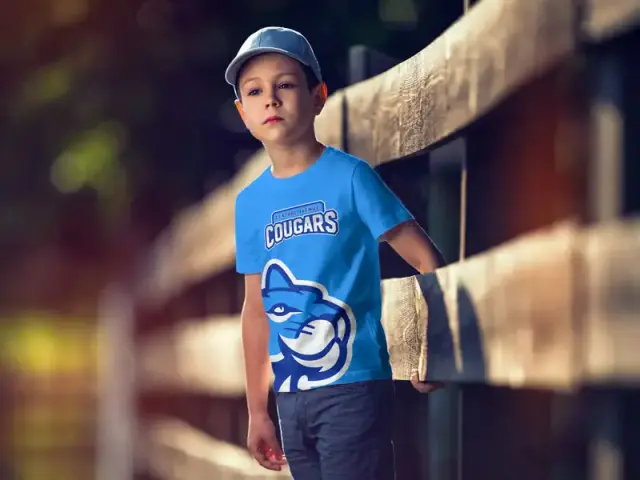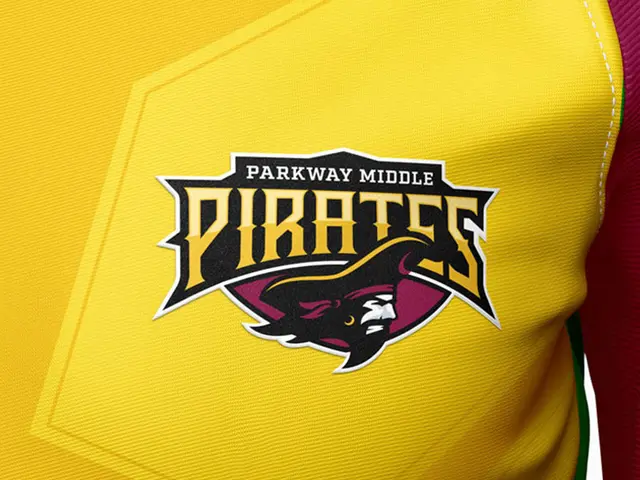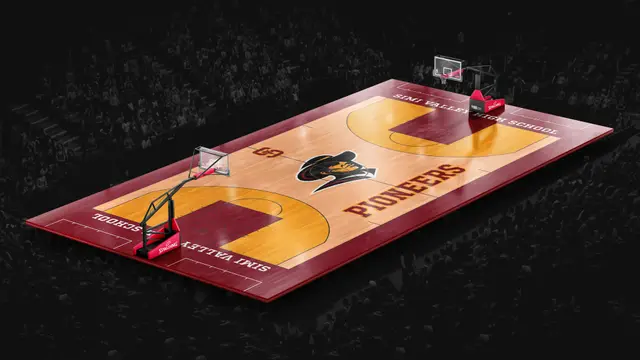School Branding Blog
School Mascot Design Mistakes: 7 Errors That Cost Enrollment (2025)

A poorly designed school mascot can damage your school’s reputation, hurt enrollment, and create lasting negative impressions in your community. While most schools focus on the creative aspects of mascot design, they often overlook critical factors that can make or break their brand identity.
Understanding these mistakes is crucial for schools seeking to create effective logos that build trust and pride and develop comprehensive visual identity systems that support enrollment goals.
The High Cost of Mascot Design Mistakes
The Reality: Bad mascot design decisions can cost schools:
- 15-30% decrease in enrollment inquiries
- Damaged community reputation and trust
- Lost fundraising opportunities and alumni support
- Expensive rebranding costs down the road
The Solution: Avoid these 7 critical mistakes that schools make when designing mascots.
Mistake #1: Ignoring Your Target Audience
The Problem
Many schools design mascots based on personal preferences rather than their actual audience’s needs and expectations.
Common Audience Mistakes:
- Designing for adults instead of students
- Ignoring parent preferences and concerns
- Not considering community values and culture
- Overlooking age-appropriate design elements
The Solution
Elementary School Mascots should be:
- Friendly and approachable
- Bright and colorful
- Simple and recognizable
- Non-threatening and welcoming
Middle School Mascots should be:
- Confident and strong
- Age-appropriate for adolescents
- Cool and aspirational
- Balanced between fun and mature
High School Mascots should be:
- Sophisticated and professional
- Athletic and competitive
- Memorable and distinctive
- Appropriate for college-bound students
Real Example: Success vs. Failure
Success: Flora Ridge Elementary School’s Phoenix - Designed specifically for elementary students with bright colors, friendly features, and age-appropriate symbolism.
Failure: A school that chose a fierce, intimidating mascot for elementary students, resulting in parent complaints and decreased enrollment.
Examples of Age-Appropriate Mascot Design
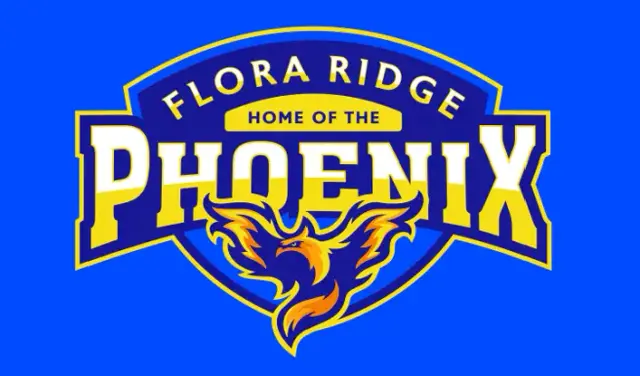
Flora Ridge Elementary School | School Branding Agency
Client: Flora Ridge Elementary School Location: Kissimmee, Florida Project: Phoenix Mascot & Arts-Integrated Identity School Type: Elementary School School District: Osceola County School District
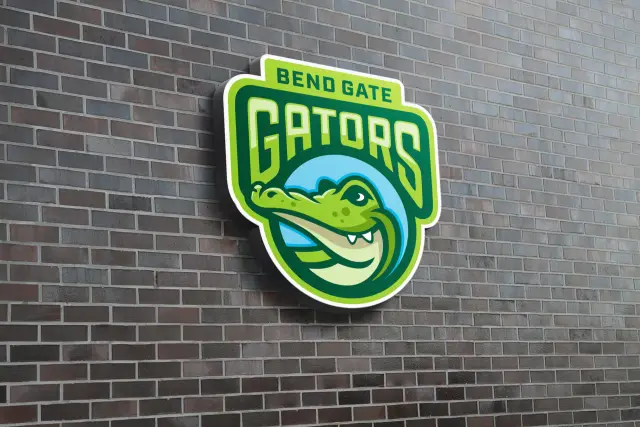
Bend Gate Elementary Mascot Logo Design
Henderson, Kentucky
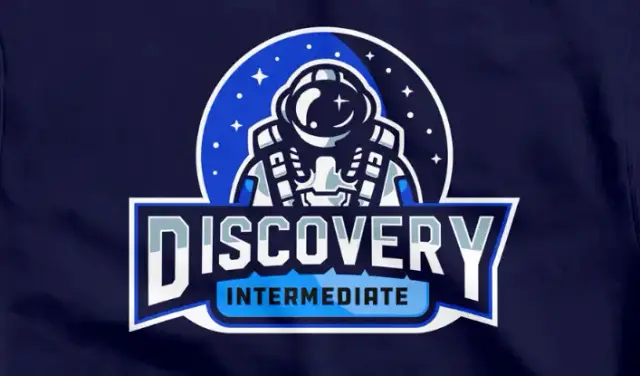
Discovery Intermediate School | School Branding Agency
Location: Kissimmee, Florida Project: Astronaut Mascot & Space Exploration Brand School Type: Intermediate School School District: Osceola County School District
Mistake #2: Poor Color Psychology Choices
The Problem
Colors have powerful psychological effects, but many schools choose colors without considering their impact on enrollment and community perception.
Color Psychology Mistakes:
- Using colors that don’t match school values
- Choosing colors that are difficult to reproduce
- Ignoring cultural and regional color preferences
- Selecting trendy colors that become outdated
The Solution
Color Psychology by School Type:
Academic Excellence Schools:
- Navy Blue: Trust, stability, academic rigor
- Gold: Excellence, achievement, success
- Burgundy: Tradition, sophistication, prestige
Innovation-Focused Schools:
- Green: Growth, innovation, progress
- Silver: Modern, technological, forward-thinking
- Purple: Creativity, wisdom, excellence
Community-Centered Schools:
- Forest Green: Nature, community, stability
- Warm Orange: Energy, enthusiasm, approachability
- Deep Red: Passion, commitment, strength
Case Study: Color Psychology Success
St. Cloud Middle School’s Mustangs use gold, black, and maroon to create:
- Gold: Achievement and success for middle school students
- Black: Strength and sophistication
- Maroon: Warmth and community connection
Result: 34% increase in enrollment inquiries after rebrand implementation.
Mistake #3: Overly Complex or Confusing Designs
The Problem
Complex mascot designs fail to communicate clearly and create confusion rather than connection.
Complexity Mistakes:
- Too many design elements in one mascot
- Unclear or ambiguous visual concepts
- Difficult to reproduce at small sizes
- Confusing symbolism that requires explanation
The Solution
Simplicity Principles:
- One clear concept per mascot design
- Recognizable silhouette from a distance
- Scalable design that works at any size
- Memorable elements that stick in memory
Design Hierarchy:
- Primary element: Main mascot character
- Secondary element: Supporting visual elements
- Tertiary element: Decorative or accent details
Mistake #4: Ignoring Cultural Sensitivity
The Problem
Mascot designs that are culturally insensitive can create controversy, damage reputation, and hurt enrollment.
Cultural Sensitivity Issues:
- Stereotypical representations of cultures
- Inappropriate use of religious symbols
- Offensive or outdated imagery
- Lack of cultural awareness and respect
The Solution
Cultural Sensitivity Checklist:
- Research cultural meanings and associations
- Consult with diverse community members
- Avoid stereotypes and caricatures
- Choose inclusive and respectful imagery
- Test designs with diverse audiences
Mistake #5: Poor Scalability and Reproduction
The Problem
Mascot designs that don’t work across different applications create inconsistent branding and limit usage.
Scalability Issues:
- Designs that are too detailed for small applications
- Colors that don’t reproduce well in print
- Complex designs that are expensive to produce
- Inconsistent appearance across different media
The Solution
Scalability Testing:
- Test designs at multiple sizes (business card to billboard)
- Verify color reproduction in print and digital
- Ensure designs work in single-color applications
- Test embroidery and screen printing feasibility
Mistake #6: Lack of Versatility and Application
The Problem
Mascot designs that only work in one context limit their effectiveness and usage.
Versatility Problems:
- Designs that only work for athletics
- Mascots that don’t translate to academic contexts
- Limited application across different materials
- Inconsistent brand representation
The Solution
Versatility Requirements:
- Athletic applications: Uniforms, spirit wear, sports equipment
- Academic applications: Letterhead, certificates, academic materials
- Community applications: Signage, events, community outreach
- Digital applications: Website, social media, digital communications
Mistake #7: Rushing the Design Process
The Problem
Schools that rush mascot design often make poor decisions that cost them in the long run.
Rushed Process Issues:
- Insufficient stakeholder input and feedback
- Lack of proper research and planning
- Skipping important design phases
- Making decisions based on pressure rather than strategy
The Solution
Proper Design Process:
-
Research Phase (2-3 weeks)
- Stakeholder interviews and surveys
- Competitive analysis and market research
- Cultural and community considerations
- Design brief development
-
Concept Development (3-4 weeks)
- Multiple design concepts and variations
- Stakeholder feedback and refinement
- Testing with target audiences
- Concept selection and approval
-
Design Refinement (2-3 weeks)
- Detailed design development
- Application testing and optimization
- Final stakeholder approval
- Brand guidelines development
-
Implementation Planning (1-2 weeks)
- Rollout strategy development
- Timeline and resource planning
- Staff training and preparation
- Launch coordination
The ROI of Avoiding These Mistakes
Schools that avoid these common mascot design mistakes see:
- 25-40% increase in enrollment inquiries
- Improved community perception and trust
- Enhanced school spirit and student engagement
- Stronger brand recognition and memorability
- Reduced rebranding costs in the future
See Effective Mascot Design in Action
Getting Started: Your Mascot Design Audit
Step 1: Evaluate your current mascot against these 7 mistakes Step 2: Identify areas that need improvement Step 3: Prioritize fixes based on impact and cost Step 4: Develop improvement plan and timeline Step 5: Implement changes systematically
Related Resources
- Complete School Mascot Design Process: Step-by-step guide
- School Branding That Drives Enrollment Growth: Strategic implementation
- How School Branding Influences Parent Choice: Psychology behind decisions
Ready to create a mascot that drives enrollment instead of hurting it? Get your custom mascot design assessment and discover how strategic design can transform your school’s brand and enrollment results.
We Build and Manufacture Mascot Costumes
A professionally built mascot costume creates unforgettable moments at games, rallies, and community events.
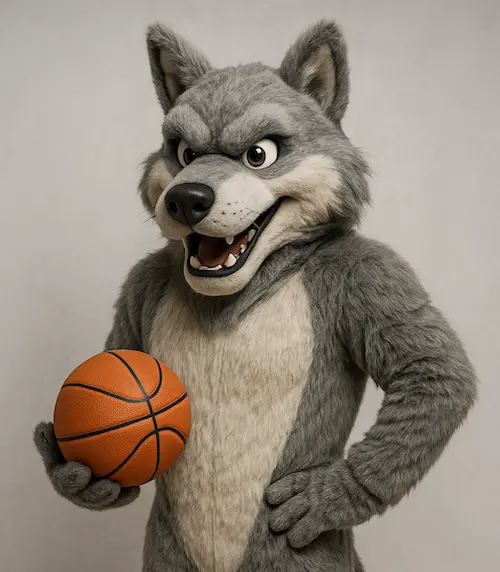
See Full Details →
Design to Delivery
We manage everything
6-12 Week Delivery
In time for your season
Safety First
Ventilation & visibility
Starts at $2,500
Professional quality
About Mash Bonigala
Mash Bonigala is the Founder & CEO of School Branding Agency. Over the past 15 years, he's helped 250+ K-12 schools transform their brand identity and drive enrollment growth. From charter schools to public districts, Mash specializes in creating mascot systems and brand strategies that rally communities, boost school spirit, and convert prospects into enrolled families. Schedule a Zoom call to discuss your school →
Mascot logo design
Get an enrollment-ready mascot your community loves
Start with our mascot logo design service. We’ll craft a distinctive, on‑brand mascot system and rollout plan tailored for your school.
Start your estimateRelated
Charter Application Branding - Professional Identity for Authorizer Approval
Professional charter application branding that demonstrates operational readiness to authorizers. Complete brand identity, website, and application materials. Charter-specific packages from $8K.
View detailsRelated
Charter School Branding - Mascots & Identity (2025)
We help charter schools build mascots and identity systems that rally communities and support enrollment. See packages and proof.
View details
